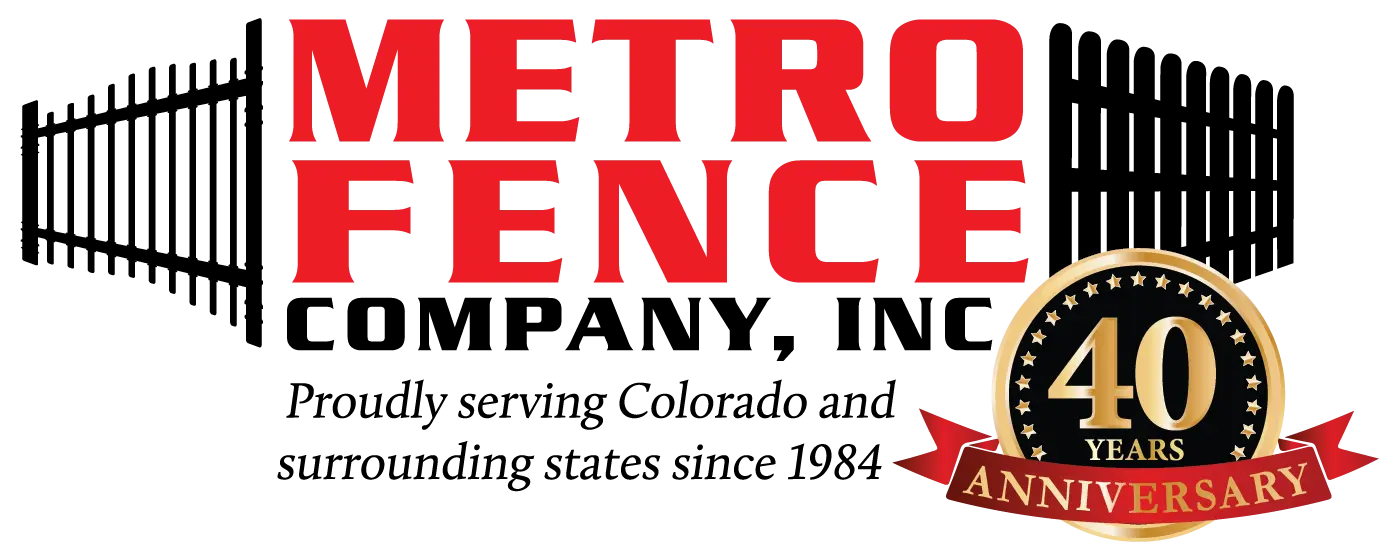
Discover the materials and design that will work best for your garden boundary, whether it is a fence, wall or hedge.
Have you ever thought about creating a boundary in your yard that was covered with or made up of plants? We have done many fence installations in Denver where homes have grown big beautiful gardens. Learn about how gardens can be incorporated with fencing below:
The role of a boundary in a garden is to define a space, whether that’s the whole plot or an area within it. They have many functions, from providing privacy and intimacy to forming the backbone of the entire garden design. A brick wall, garden fence, gate, hedges and trellis are all options for creating the boundary you desire.
Dividing spaces often makes them seem larger, especially when the different areas are then given a specific use, such as for formal dining or as a play area for children. You don’t need tall barriers to create the divisions – you can achieve the same effect with low walls, woven screens, and see-through planting. The idea is merely to suggest a space and purpose. Using screens also means that the divisions are temporary and can change as your need for different spaces evolves.
Garden boundaries have the fundamental task of containing the site and providing a physical barrier to intruders, prying eyes, and the weather. In most gardens they are highly visible and form the backdrop to everything else. When designing with boundaries, there are two approaches: either try to blend them in, or make a feature of them. Once in place, the materials and style you choose are hard to change, so design your boundaries carefully.









